Guitar World Verdict
Although it might be perceived as somehow less ‘rock’ (although Who and Lizzy fans might disagree!), don’t dismiss these minis in any way, especially if you like the Les Paul platform but just want a cleaner voice. It’s a different flavour, pure and simple.
Pros
- +
Tidy build and finish.
- +
Big neck.
- +
Good playability.
- +
Evocative, valid sounds from the mini-humbuckers.
Cons
- -
It’s the heaviest of Gibson’s new Les Pauls that we’ve played.
- -
The reverse-tilt of the neck pickup looks wrong.
You can trust Guitar World
By contrast to the mighty Standard and Custom, the Gibson Les Paul Deluxe, originally produced from 1969 until 1984, was never quite in the same classic league. It shone brightly and sold in significant numbers in its early years because the single-cut Standard had, of course, been replaced in 1961 by the very different Les Paul/SG.
But more and more high-profile players were picking up and playing Standards during the '60s, which simply increased demand that Gibson ignored. Even when the classic shape made a comeback in 1968, it was in the form of the twin-pickup Custom and, briefly, the Goldtop P-90.
So when the Deluxe launched the following year, its appeal was obvious. Except for the fact that, with its mini-humbuckers, it wasn’t a Les Paul Standard – and its construction had changed, too, with a laminated ‘pancake’ body, three-piece mahogany (then maple) neck with a volute and a larger headstock.
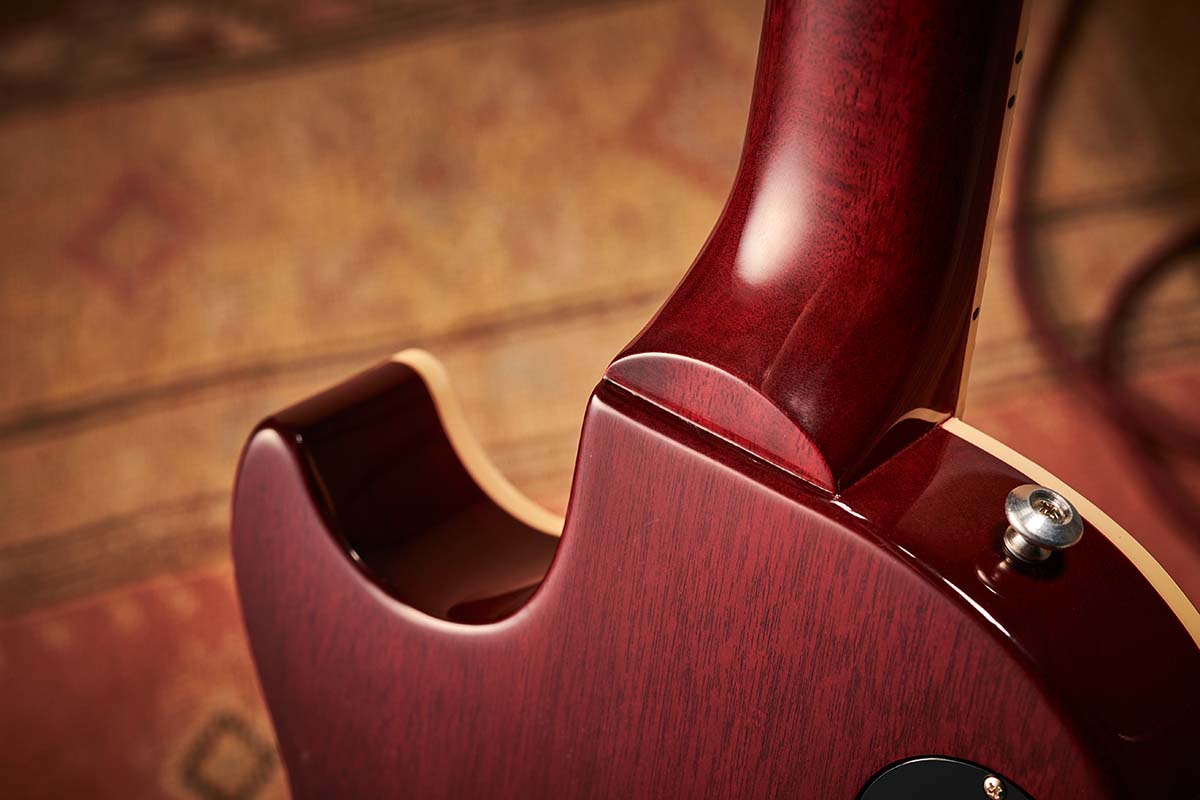
Artists didn’t exactly jump onboard. Pete Townshend was one famous exception, as was Scott Gorham, while Stateside, Barry Bailey of the Atlanta Rhythm Section, nicknamed ‘The Steely Dan of The South’, is a well-documented Deluxe user (although his very early ’69 doesn’t have that ‘pancake’ body).
The ’68 Custom, however, had much bigger reach in the hands of Carlos Santana and Bowie sideman Mick Ronson – just two examples – and it’s little surprise that although the Deluxe sold well during the early 70s, it was eclipsed by the Custom as the decade progressed. But this isn’t Historic Hardware – and although history hasn’t been kind to the Deluxe (especially since the weights can be excessive and those mini-humbuckers are an acquired taste), it was a well-used and, in many quarters, well-loved Les Paul.
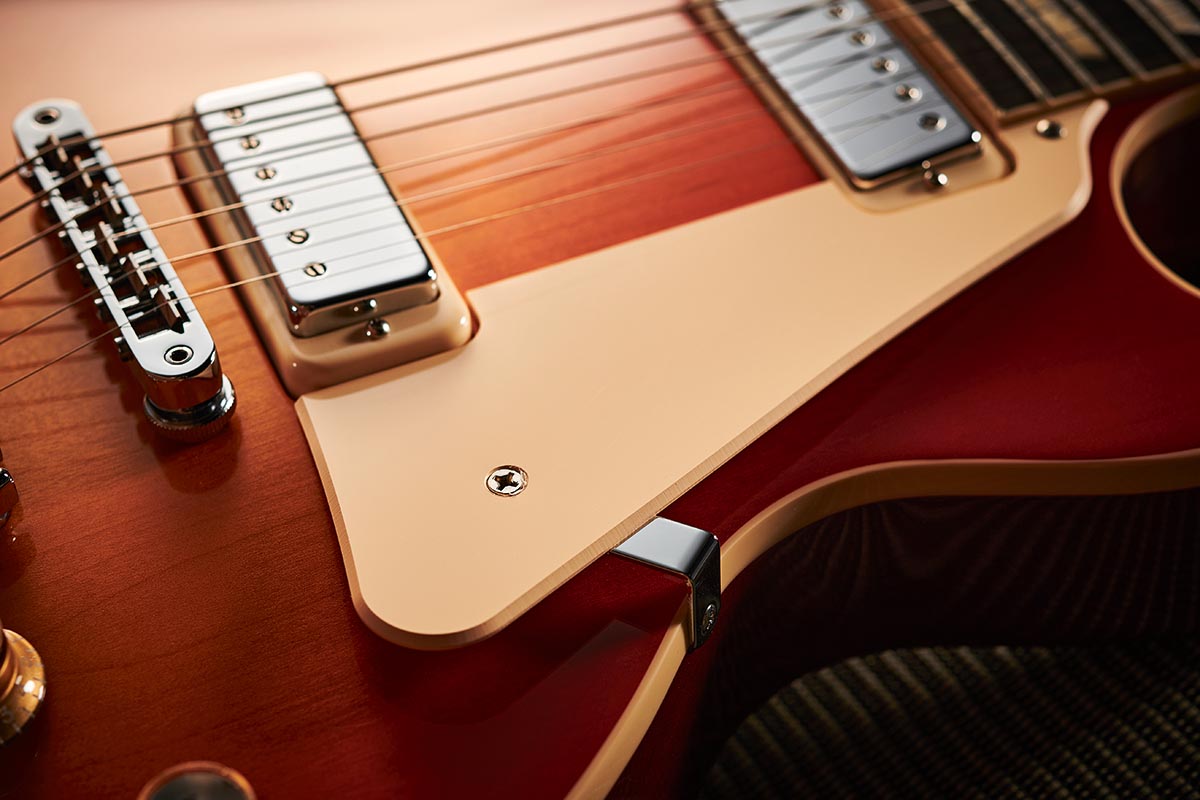
Fast forward to the present and this new Deluxe, now priced the same as the Standard ’50s and ’60s, is the first Les Paul that Gibson has introduced to its Original Collection since the reorganisation of the line back in late 2019.
Except, of course, it’s not really new. It’s certainly not a reissue – and Gibson isn’t marketing it as such – and as the mini-humbuckers have the same footprint as soapbar P-90s, it’s pretty much a Les Paul Standard ’50s P-90 with different pickups and chrome parts.
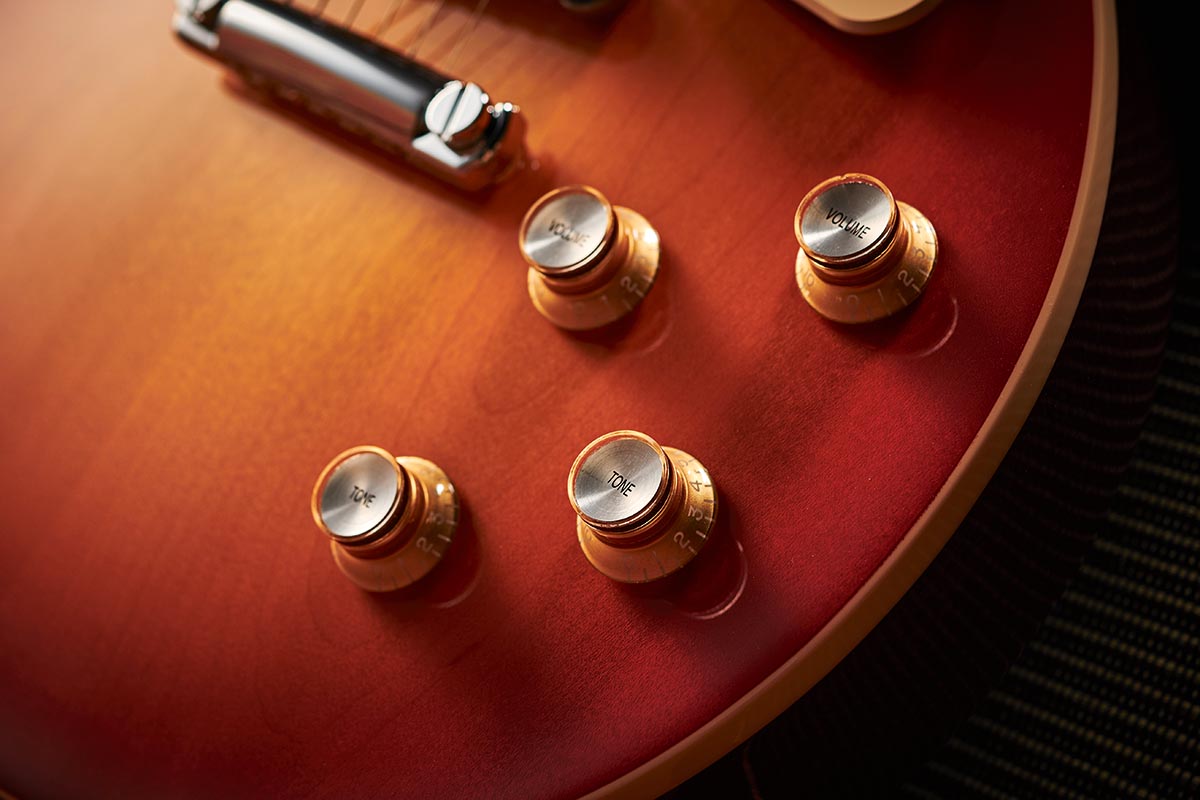
Like the other Original Collection Les Pauls, the new Deluxe isn’t weight-relieved, and pulling our cased review sample from its cardboard shipping box we’re wondering if it’s made from concrete…
At 4.44kg (9.77lb), the guitar is no lightweight, but neither is the shaped brown hard-case, which has a lighter red interior and noticeably rectangular-shaped latches compared with the earlier 2019 case. The case weighs 5.94kg (13lb) – the previous one is 3.94kg (8.67lb) – which means you’re actually lugging 10.4kg (22.8lb) of cased guitar around. Time to hit the gym.
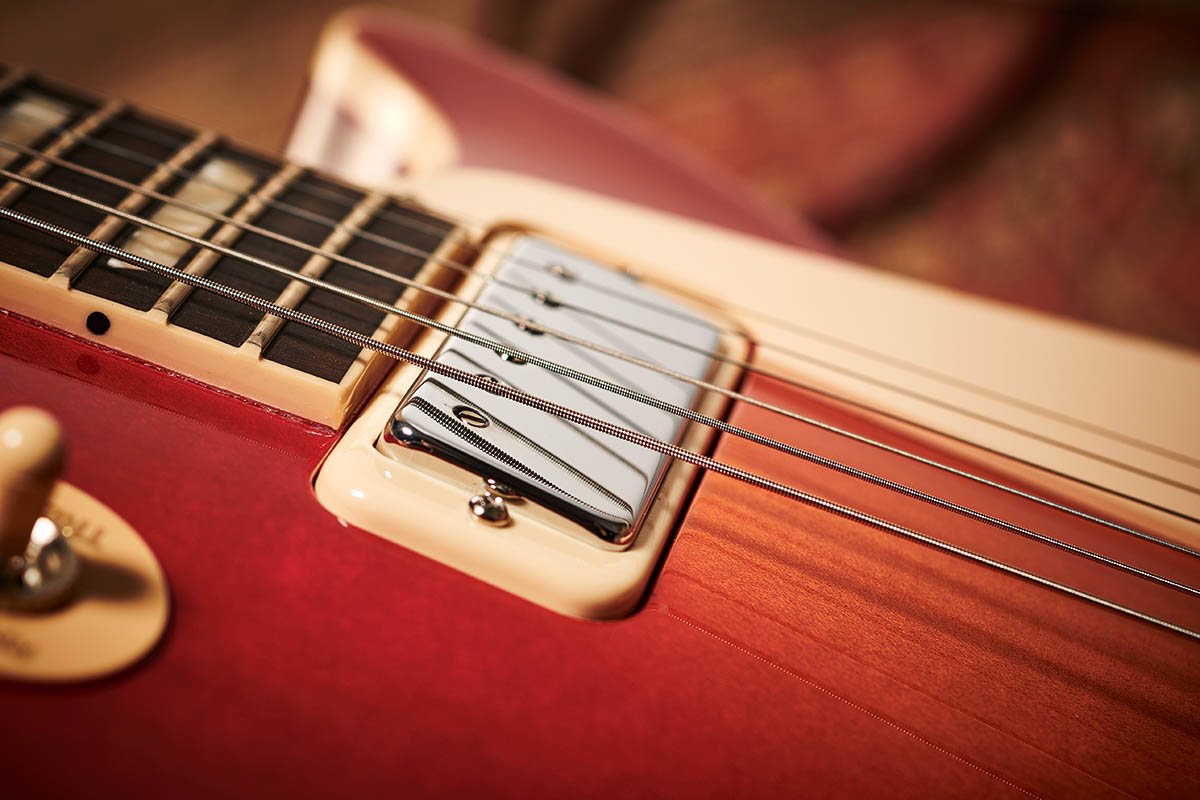
While the internet rants about the variances of Gibson’s quality control, the instruments we’ve seen from the new regime have all been pretty tidy, especially at this top-tier USA production level. So, while this new Deluxe side-steps the construction of the originals, there’s very little to moan about.
In fact, the bright red of the Cherry Sunburst over the plain maple top transports this writer back to the days of the late 70s and early 80s flea-bitten rehearsal and recording studios when he owned a ’72 original. This new guitar is unnervingly close in colour. The chrome hardware adds to the 70s sheen.
The Nashville-style tune-o-matic and aluminium stud tailpiece (with steel anchor bolts) are made by Advanced Plating in Portland, Tennessee; the steel saddles are pre-notched and height adjustment is easy via the Allen-keyed bolts. The tuners, meanwhile, do appear to be nickel plated with nicely antique-looking keystone buttons, but, importantly, they feel smooth and positive. We have no complaints.
Mini-humbuckers
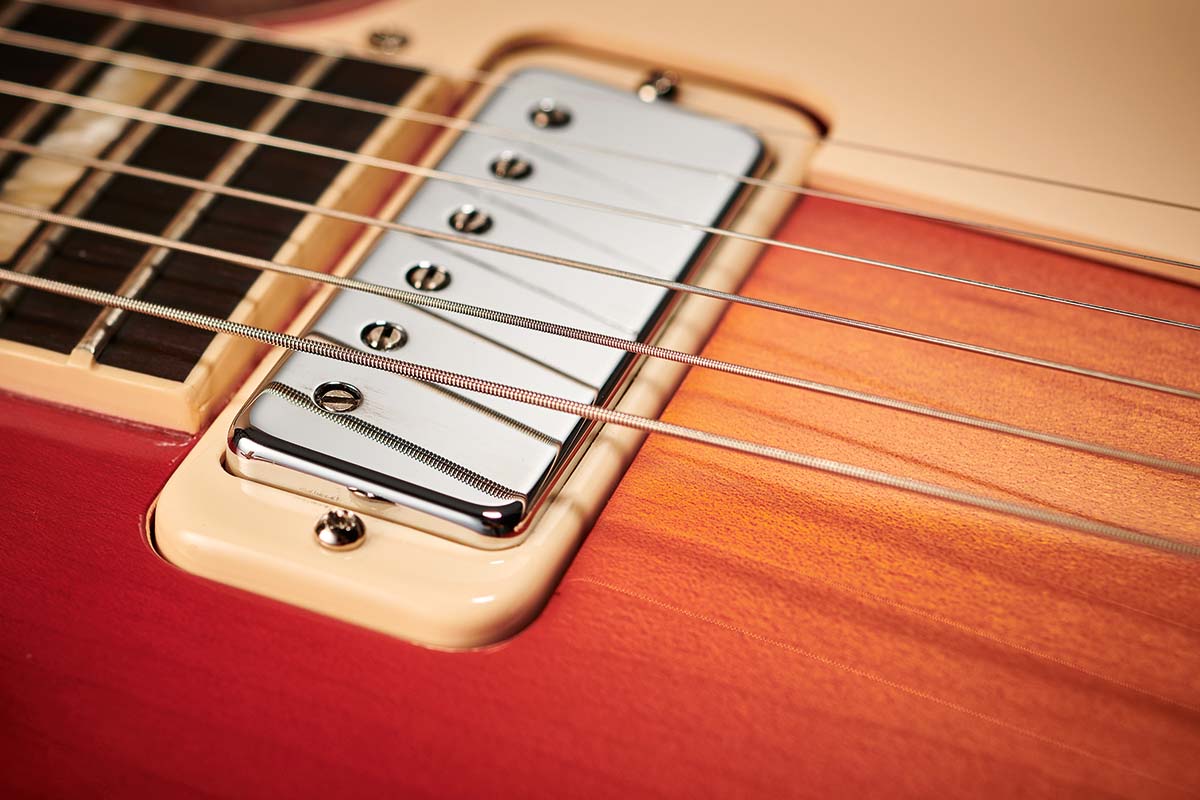
These mini-humbuckers were designed by Seth Lover for the Gibson-owned Epiphone line, and the reasons for employing them are also well documented. They were initially surplus stock once Gibson had stopped USA production of Epiphone, and they do give the Deluxe an almost player-modded vibe, sitting in their modified P-90 soapbar covers. Of course, there’s nothing to stop you swapping over to standard P-90s here.
The minis also mount to the guitar in a different fashion from a P-90 or standard humbucker. The pickup has a preset height within its surround so, when you go to adjust it, both the pickup and surround move up or down.
The bridge pickup is fine, but the neck is right down as far as it will go and it tilts in the opposite direction to the rake of the strings. It’s not the end of the world, but it does look a bit odd.
Feel & Sounds
This new Deluxe is a big, chunky, weighty beast. Hey, it’s a Les Paul! The neck feels very similar to the Standard ’50s and dimensionally is very slightly bigger than the one we reviewed back in issue 448: 43.53mm at the nut with a 1st fret depth of 22.8mm filling out to 25.4mm by the 12th.
There’s no tapering to the shoulders, which tells your left hand it’s bigger than it actually measures. Did we say it feels big? The fretting is perfectly good, from a low-ish medium gauge (approx. 2.28mm wide by 1mm high). The nut is well cut and, once strings are stretched and settled, tuning is stable.
The rosewood fingerboard is very dark brown here, almost black, certainly compared with our reference late-2019 Les Paul Classic. Rather like the Deluxe itself, the mini-humbucker is far less a part of our sonic DNA than the PAF or P-90. The smaller pickup senses a narrower portion of the string, and with a lower inductance and output it produces a cleaner and brighter sound.
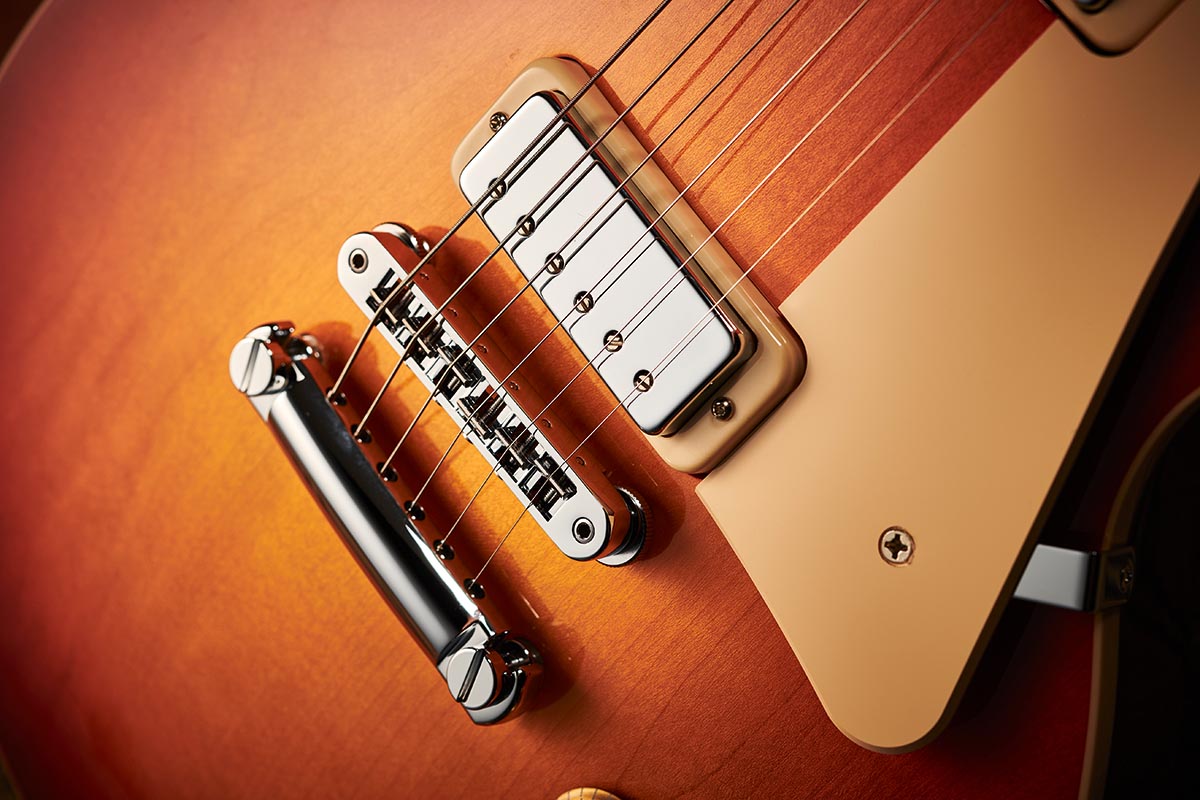
We’re not saying it sounds like a Fender, because it doesn’t, yet it certainly loses some of that thump and chunk; it’s lower in output than our Les Paul Classic with Burstbuckers 1 and 2. There seems to be a little more cut to the attack, but it’s smoother – less grainy, if you like – than our Broadcaster-style ‘Tele’ reference.
If you like your Les Pauls on the low-output side, which can certainly be surprisingly bright and clear at the bridge, that’s where this Deluxe is aimed. It has more clarity than any other single-cuts we had to hand, and a little tone roll-off on the bridge pickup just tames the beast a little.
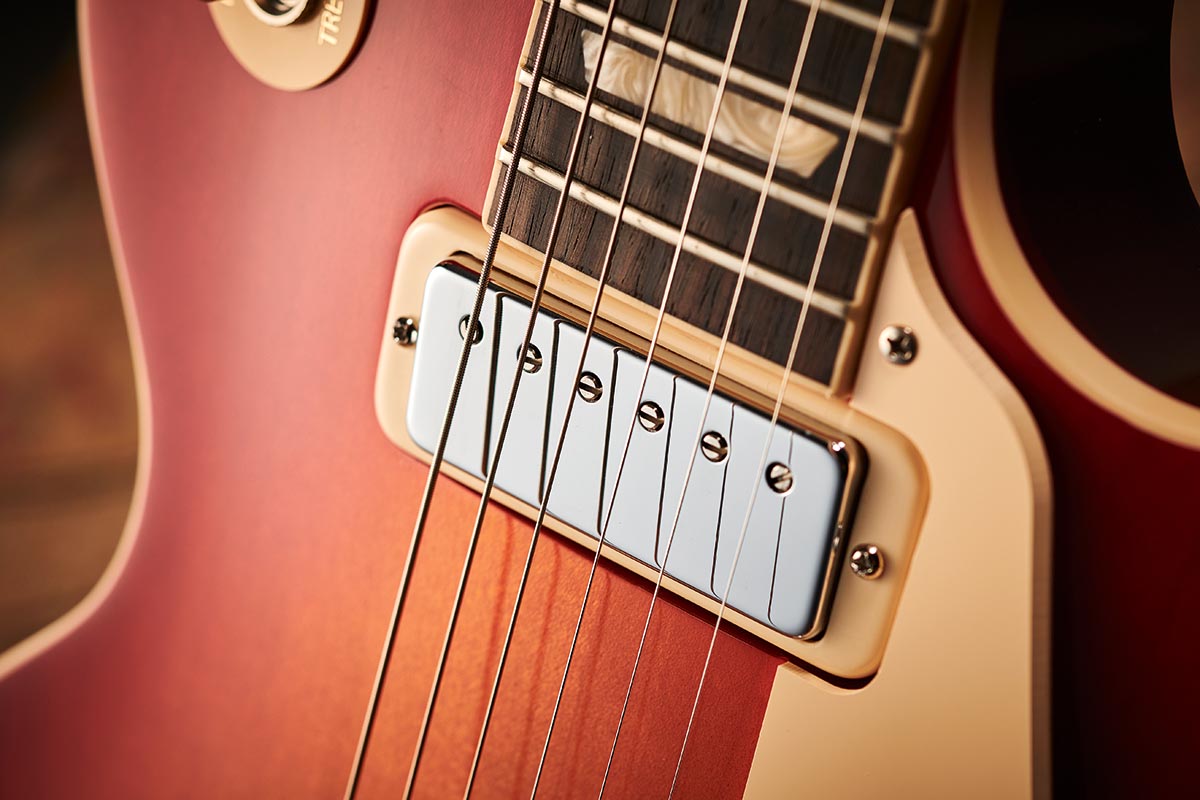
There might be less power, but we still have a good snarl at the bridge as we begin to add in some gain. Again, that lack of lower midrange thickness works in its favour at the neck, resulting in a clarity where our Burstbucker 1 now almost sounds too thick. We simply didn’t have the range and quality of outboard gear back in the 70s that we have today.
Pickup outputs can be easily increased with simple boosts so the Deluxe’s mini humbuckers become simply a different ‘colour’, and the clear humbucking voice is hugely valid, particularly for the recording musician.
We don’t all want to wail away like Mr Moore – and, actually, the Deluxe not only has a little more funk to its voicing, it begins to blur the line between those perhaps hackneyed Gibson and Fender contrasts, not least with both pickups engaged.
Yet experience suggests that on a big ol’ chunk of Les Paul we should have an equally big voice – and that’s exactly what we don’t get. It’s like putting a pair of humbuckers on a Strat: for some players, that mismatch can really reap rewards; for others, it’s just wrong. If you like the feel of a Les Paul but don’t enjoy its sometimes soupy thickness, try one of these.
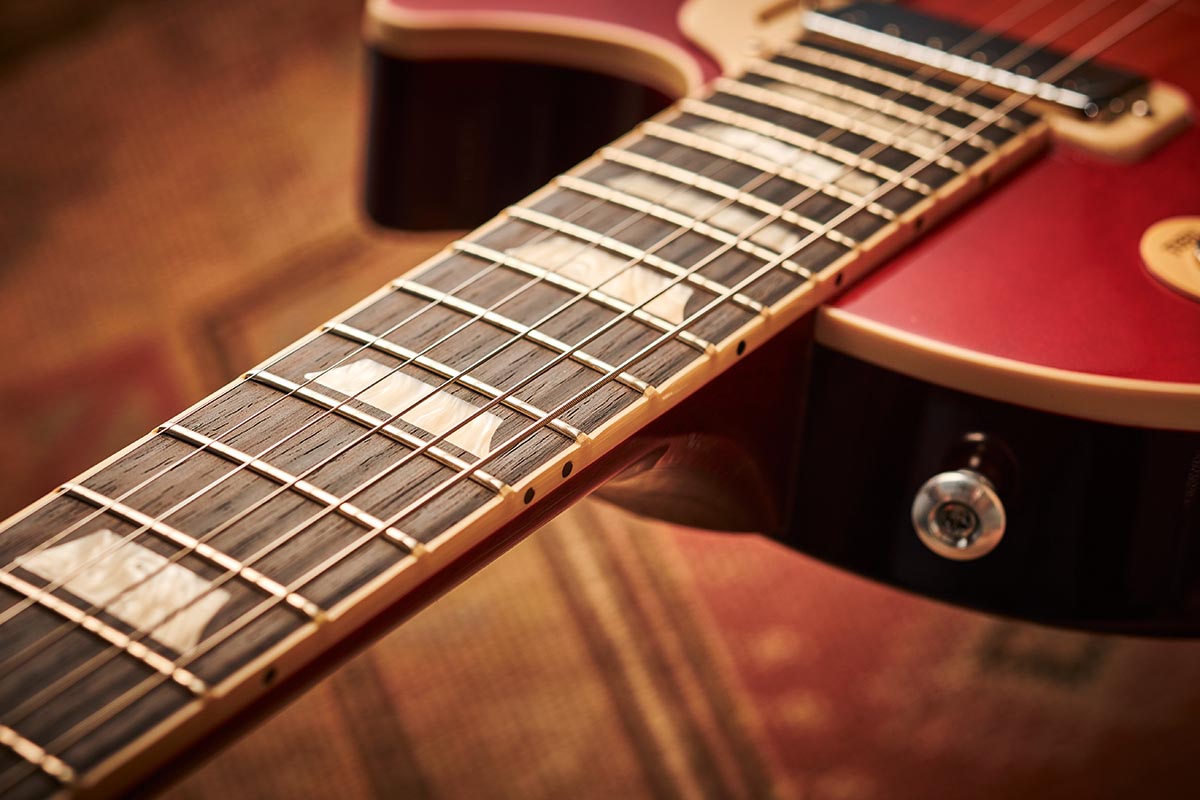
Verdict
While this is far from a reissue of a Les Paul that ran for a 15-year period – and we’re certainly not suggesting Gibson returns to those ‘pancake’ bodies, maple necks and volutes – it does give us that third pickup style after the P-90 and full-size humbucker. That’s the appeal. And just like those other pickups, the mini-humbucker has its own style.
It’s leaner-sounding than a PAF-style but smoother, less raw than a P-90 and without the hum. It’s definitely a valid voice, not least at the neck, and although it might be perceived as somehow less ‘rock’ (although Who and Lizzy fans might disagree!), don’t dismiss these minis in any way, especially if you like the Les Paul platform but just want a cleaner voice. It’s a different flavour, pure and simple.
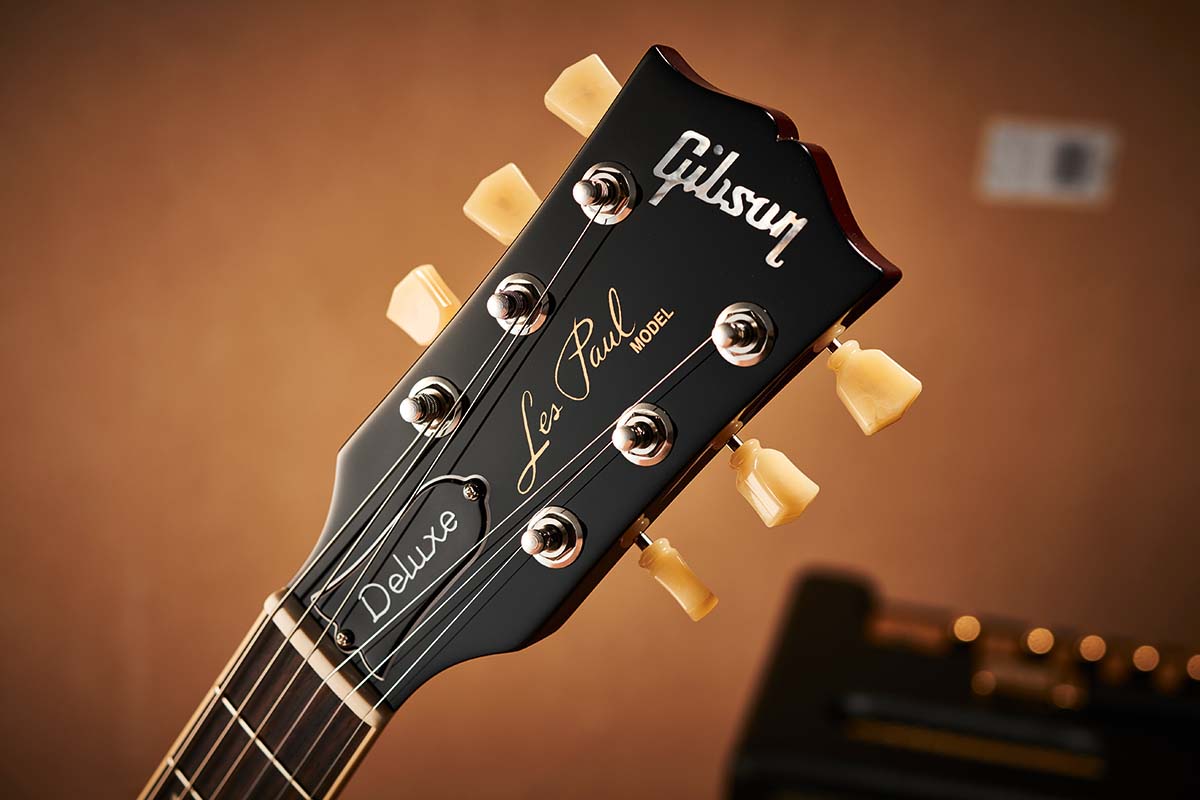

Specs
- PRICE: $2,699 / £2,199 (inc case)
- ORIGIN: USA
- TYPE: Single-cutaway, solidbody electric
- BODY: 1-piece mahogany (no weight relief) with carved plain maple top
- NECK: 1-piece mahogany, rounded ‘C’ profile, glued-in
- SCALE LENGTH: 624mm (24.6”)
- NUT/WIDTH: Graph Tech/43.53mm
- FINGERBOARD: Single-bound Indian rosewood, acrylic trapezoid inlays, 305mm (12”) radius
- FRETS: 22, medium
- HARDWARE: Tune-o-matic bridge, aluminium stud tailpiece, vintagestyle ‘Gibson Deluxe’ keystone tuners – chrome plated
- STRING SPACING, BRIDGE: 50mm
- ELECTRICS: 2x Gibson Mini Humbucker w/chrome covers, 3-way toggle pickup selector switch, individual volume and tone controls (hand-wired with Orange Drop capacitors)
- WEIGHT (KG/LB): 4.44/9.77
- OPTIONS: No
- RANGE OPTIONS: The Les Paul Standard ’50s, ’50s P-90 and ’60s all cost the same ($2,699 / £2,199)
- LEFT-HANDERS: Not currently listed for this model, but the ’50s and ’60s Standard are available left-handed
- FINISHES: '70s Cherry Sunburst (as reviewed), Gold Top – gloss nitrocellulose
- CONTACT: Gibson

Dave Burrluck is one of the world’s most experienced guitar journalists, who started writing back in the '80s for International Musician and Recording World, co-founded The Guitar Magazine and has been the Gear Reviews Editor of Guitarist magazine for the past two decades. Along the way, Dave has been the sole author of The PRS Guitar Book and The Player's Guide to Guitar Maintenance as well as contributing to numerous other books on the electric guitar. Dave is an active gigging and recording musician and still finds time to make, repair and mod guitars, not least for Guitarist’s The Mod Squad.
“It holds its own purely as a playable guitar. It’s really cool for the traveling musician – you can bring it on a flight and it fits beneath the seat”: Why Steve Stevens put his name to a foldable guitar
“Finely tuned instruments with effortless playability and one of the best vibratos there is”: PRS Standard 24 Satin and S2 Standard 24 Satin review












